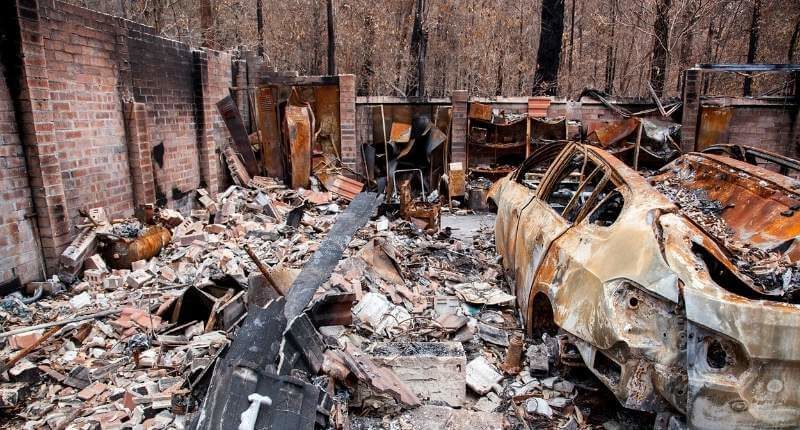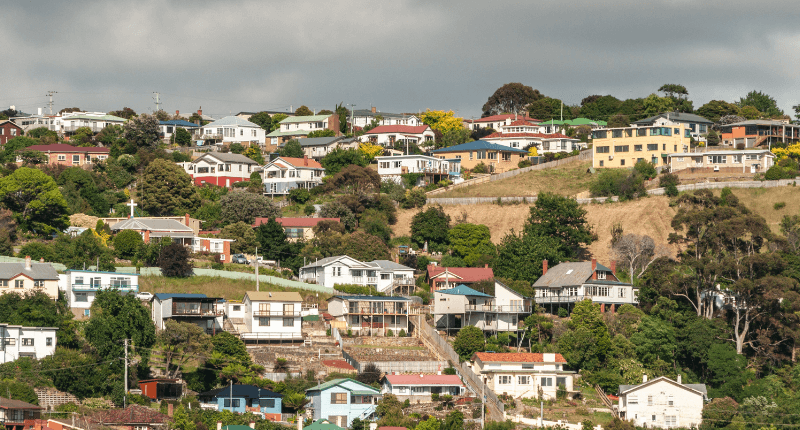- Last year's fires burned 18M hectares of land, destroying 5,900 buildings
- CBA has developed tech to better support customers affected by natural disasters
- 80,000 Perth people were contacted and supported using this tech in recent bushfires
Until the pandemic came along, this week last year, 2021 had started with the raging bushfires engulfing vast amounts of the eastern seaboard of Australia.
Estimates suggest that over 18 million hectares of land were burned, destroying 5,900 buildings including 2,800 homes. Millions of animals were killed, perhaps one-third of all animal life in the country.
CoreLogic has estimated that 17% of Victorian homes – with a combined value of $277B – are in a high ‘climate risk’ category, either from floods, fire or coastal erosion.
Meanwhile, $19M has been granted to a Queensland initiative to better prepare and reduce the risk of natural disasters.
New tech to help
In response, the Commonwealth Bank of Australia (CBA) has developed a new tech solution to assist clients impacted by natural disasters.
The system uses custom-built algorithms to monitor, in real-time, data points drawn from emergency sources and weather alert systems. In this way, the Bank believes that fast analysis and interpretation of the situation occurs, meaning customers can have same-day assistance.
Already, 80,000 CBA customers were offered same-day support during the recent Perth bushfires.
“Natural disasters can come out of the blue, and whilst sadly we can’t prevent them, we can help notify customers so they can prepare, as well as offer affected customers immediate and personalised support.”
Dr Andrew McMullan, CBA’s Chief Analytics Officer.
“Using the power of our Customer Engagement Engine we can connect with customers who may be impacted and also offer support that aligns to their needs, such as deferring a loan or offering an emergency overdraft.”
“When a natural disaster hits we know that time is a luxury, so our new automated monitoring system allows us to respond to customers with far better speed, accuracy and personalisation than manual reporting allows.”
The new system allows the bank to check-in with customers, and providing them individual support as required.
Being able to anticipate their needs in a timely manner as a potential crisis unfolds can make a huge difference, says Dr McMullan.
“Being able to anticipate our customers’ needs and contact them on the same day that a postcode is identified as being at risk from a substantial weather event is a game-changer, and something customers in Perth told us they appreciated during the recent bushfires.”








